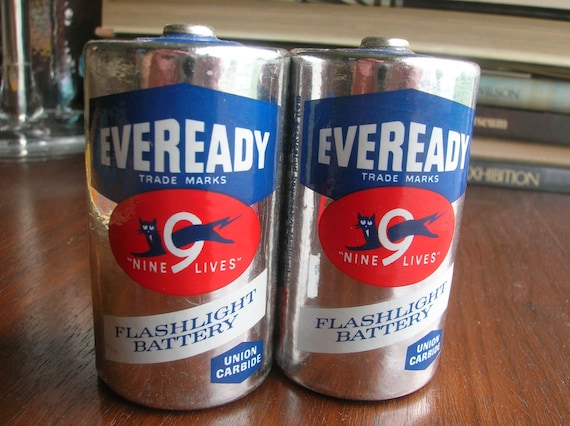BluntCut MetalWorks
Knifemaker / Craftsman / Service Provider
- Joined
- Apr 28, 2012
- Messages
- 3,464
O1 1%Mn is mainly an aust stabilizer, allows slow quench => slow thermal contraction. But Mn narrowing the temperature range of Ms Msafe Mf. That's why recommended quench to Msafe (~140F) then immediately temper, due to more intense dimensional changes from aust -> mart transformation. This part is where not know or not follow direction could result in quench crack. 1st temper is mostly for remove high dislocation/stresses via precipitation, in turn it gives more room for more mart when cool to ambient, thus 2nd temper is required.
I had thought dimensional stability during quenching was part of the appeal of medium quench steels like O1. If the steel is changing shape rapidly due to the thermal shock of brine or fast quench oil, does that not increase the likelihood of internal stresses?
I realize a lot of that comes out during tempering, but I did think that slower quench steels survived quenching more often.

